感谢萌主给了我这个开发板试用的机会。
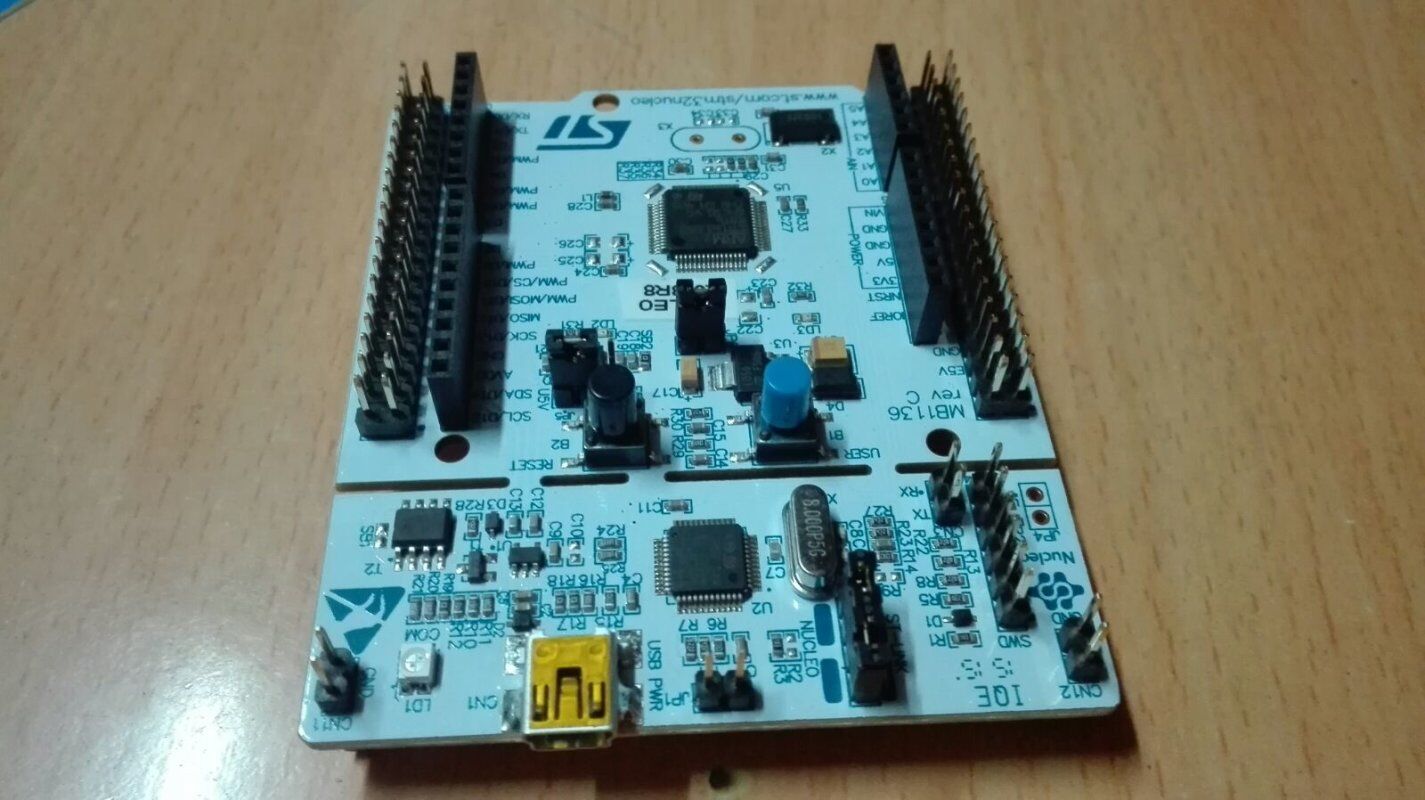
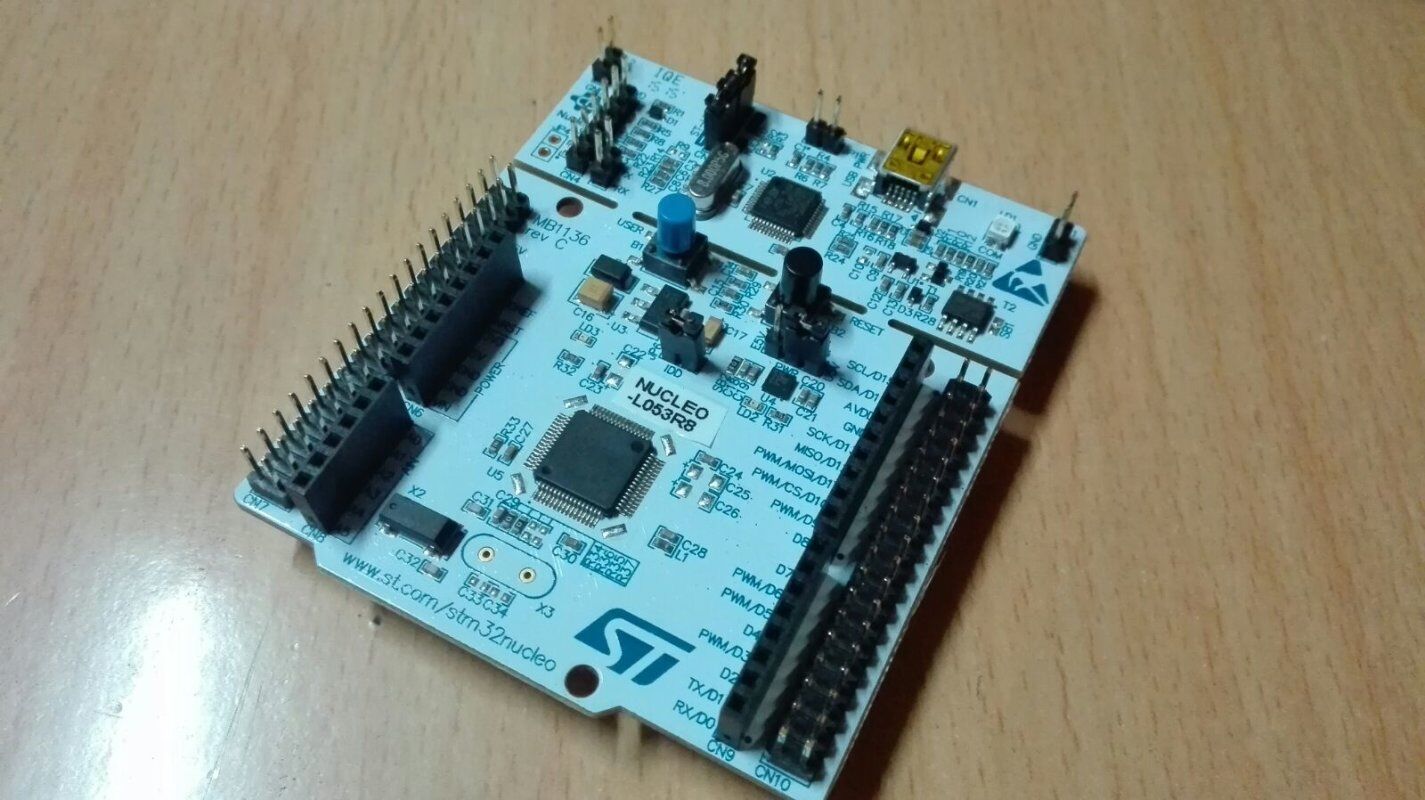
因为时间原因,板子收到吃了一段时间灰,没有及时写测评,在此感到对不起盟主,不知道有没有被拉黑
下面进入正题:。。。。。。。。。。。。。。。。
开发方式
nucleo(下称核板)开发板果然与众不同,通过usb链接PC后,出现三个设备,从上到下分别是串口、储存设备、link Debug设备,最后一个设备需要驱动才能使用。
那么集成开发环境呢,找了一圈才知道,原来就是磁盘里那个网页文件跳转后的STM Mbed平台。
打开网页能自动进入平台,注册新账号即可添加开发板到你的账号里,然后就能使用这个在线的集成开发环境了。
右上角的"Compiler"进入IDE
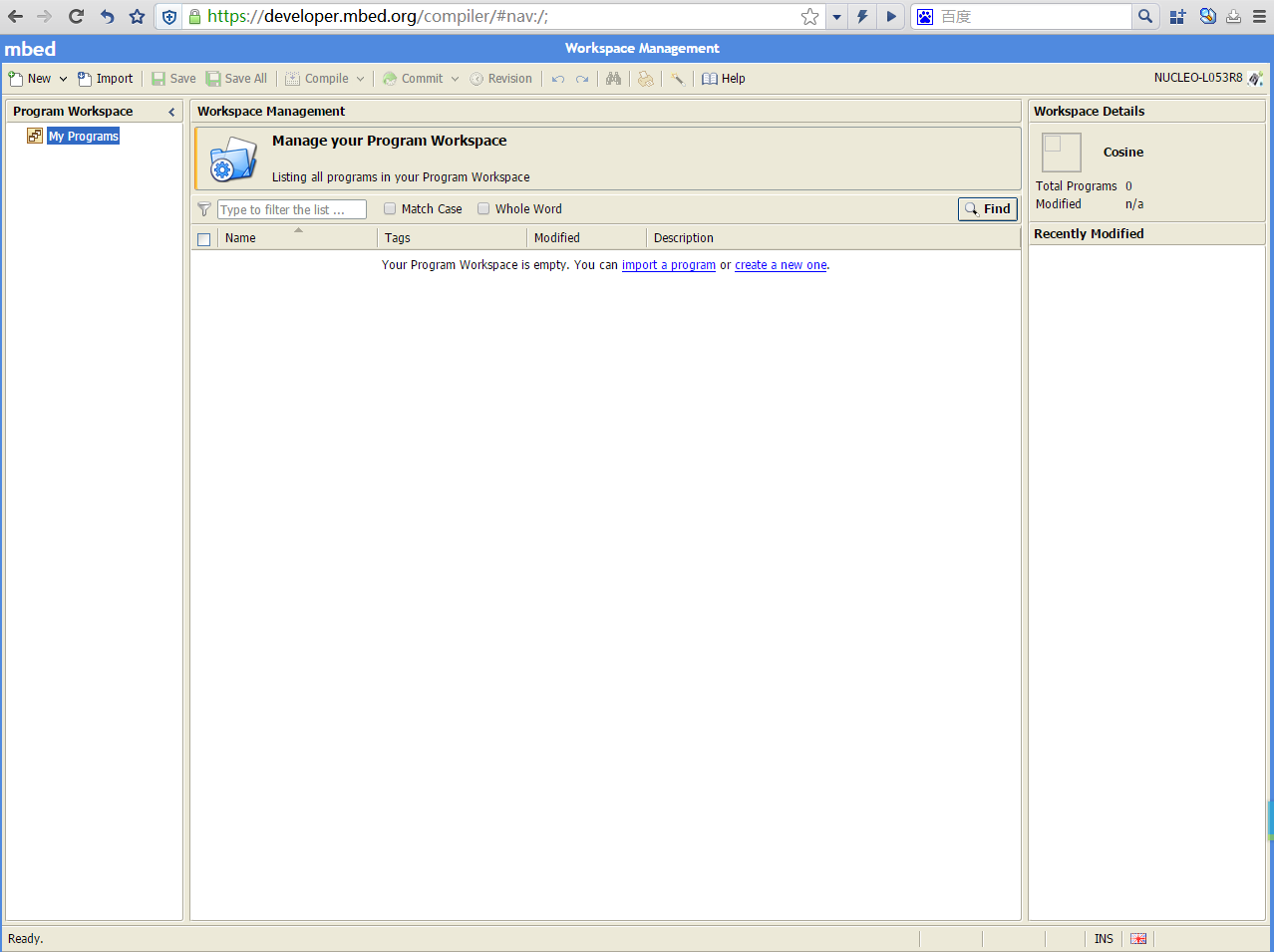
这时可以创建新程序,还有一些模板可以选择
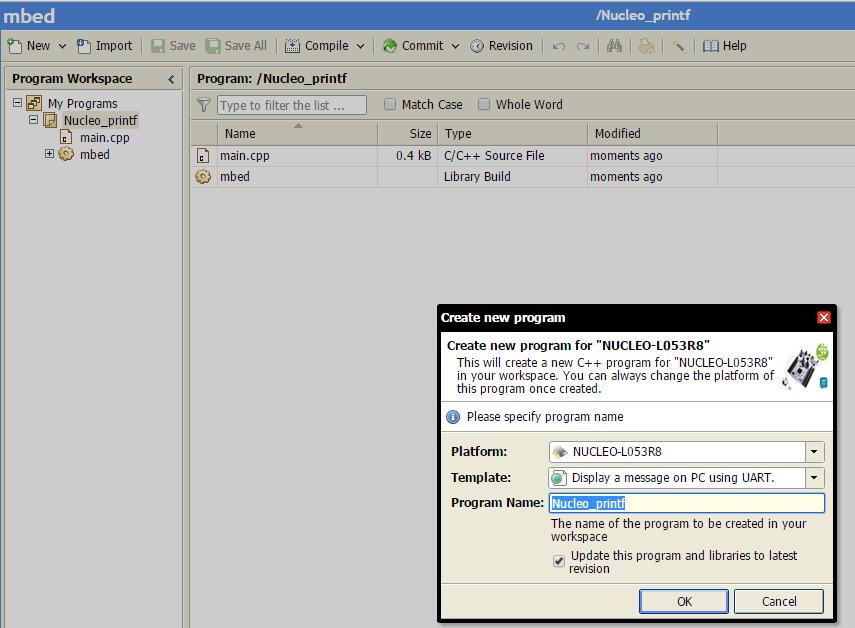
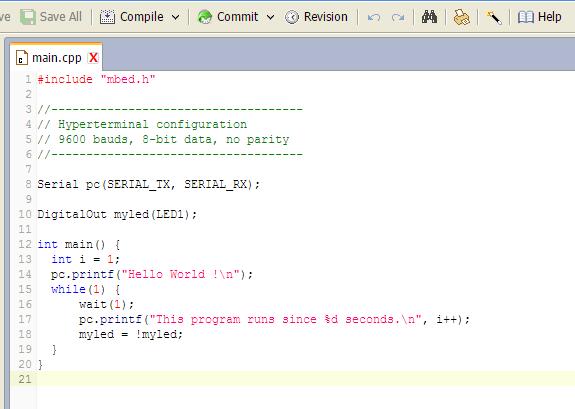
这时点 编译 就能编译出.bin可执行文件,然后下载到 核板 的磁盘就能自动运行
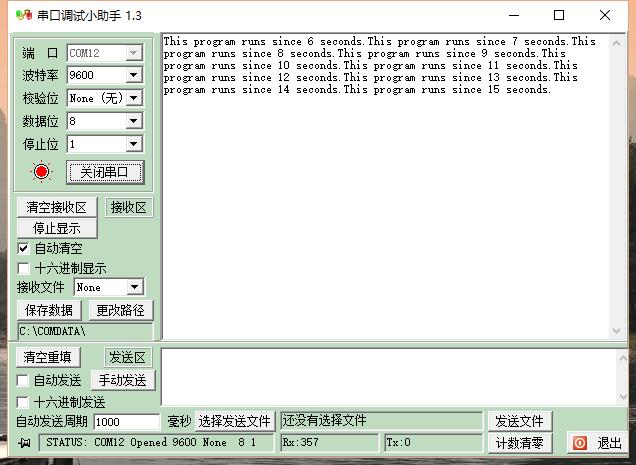
真的很容易上手,感觉和Arduino有异曲同工之妙
了解核板
前面提到了Link Debug,这是什么功能呢。
于是我在这里找到了很多核板的参数:
https://developer.mbed.org/platforms/ST-Nucleo-L053R8/
下面是摘抄:
核板特点
UART 共用到在 D0、 D1 脚
These pins are shared with the PC Serial connection via STLink. If you need to use these pins independently, see this page:https://developer.mbed.org/teams/ST/wiki/Use-of-D0D1-Arduino-pins
引脚使用提示
Only the labels written in blue/white or green/white (i.e. PA_4, PB_5, A0, D14, LED1...) must be used in your code. The other labels are given as information (alternate-functions, power pins, ...). You can also use these additional labels:
SERIAL_TX=PA_2 I2C_SCL=PB_8 SPI_MOSI=PA_7 PWM_OUT=PB_3
SERIAL_RX=PA_3 I2C_SDA=PB_9 SPI_MISO=PA_6
SPI_SCK =PA_5
SPI_CS =PB_6
扩展板使用提示
| 有奖活动 | |
|---|---|
| 硬核工程师专属补给计划——填盲盒 | |
| “我踩过的那些坑”主题活动——第002期 | |
| 【EEPW电子工程师创研计划】技术变现通道已开启~ | |
| 发原创文章 【每月瓜分千元赏金 凭实力攒钱买好礼~】 | |
| 【EEPW在线】E起听工程师的声音! | |
| 高校联络员开始招募啦!有惊喜!! | |
| 【工程师专属福利】每天30秒,积分轻松拿!EEPW宠粉打卡计划启动! | |
| 送您一块开发板,2025年“我要开发板活动”又开始了! | |